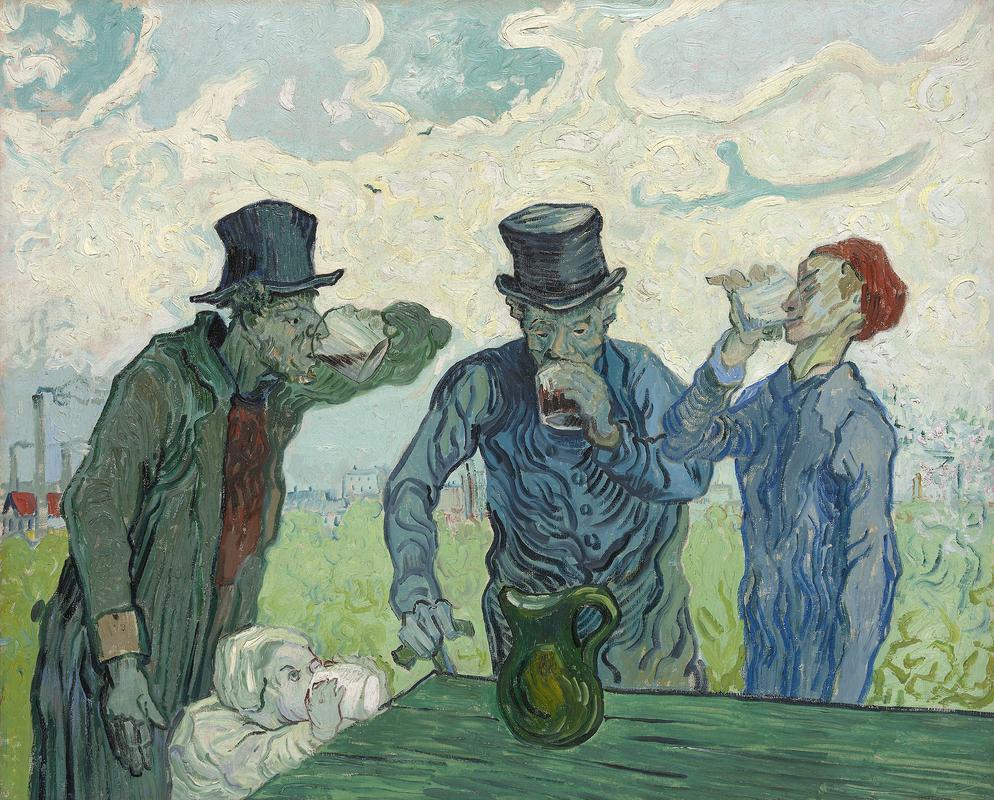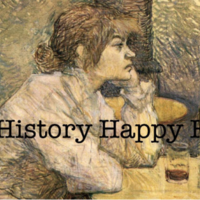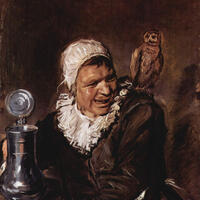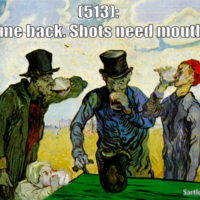More about The Drinkers
- All
- Info
- Shop

Contributor
In the light of van Gogh’s alcoholism and psychosis, this painting could make for a great Live Life Above the Influence campaign.
That organization's technique for getting people to deny the pleasures of drugs and alcohol is primarily scare tactics, and there isn’t a whole lot more frightening than realizing you are traveling down the same life path as this troubled artist. From the ear-mauling incident, to his substance abuse issues, and the multiple mental hospitals he was forced to live in, van Gogh's life might make the booziest drunk think twice.
Van Gogh was a huge collector of woodblock prints and managed to amass a collection of 1,500 prints throughout his youth. This painting is based off of an illustration he owned by Honore Daumier entitled The Physiology of a Drinker, The Four Ages, which can be found at the Met. Trying to pass the time while locked up in an insane asylum, van Gogh requested that his brother Theo send him the print of Daumier’s illustration. While the painting is almost exactly the same as the original print, van Gogh’s version is about twenty times larger.
Some may think that directly copying another artist's work is kind of shady, but during these turbulent times at the loony bin it was probably pretty calming and meditative to just paint for the sake of it, without having to come up with his own ideas. This mindless copying is something van Gogh did often in his last year of life, before he shot himself in the chest (or was shot, depending on what version of the story you believe).
The trippy, greenish tone of van Gogh’s version is seen as a reference to absinthe. Van Gogh loved absinthe and had a real penchant for getting high on a variety of substances, from the green fairy to the toxic chemicals in his paint and sickening substances in turpentine. While the guy was obviously mentally unstable, I think it is safe to assume that booze and huffing helped push the artist down the tragic path towards his inevitable demise, and this painting serves as a gloomy reminder of the last bits of sanity he so desperately hung onto.


















